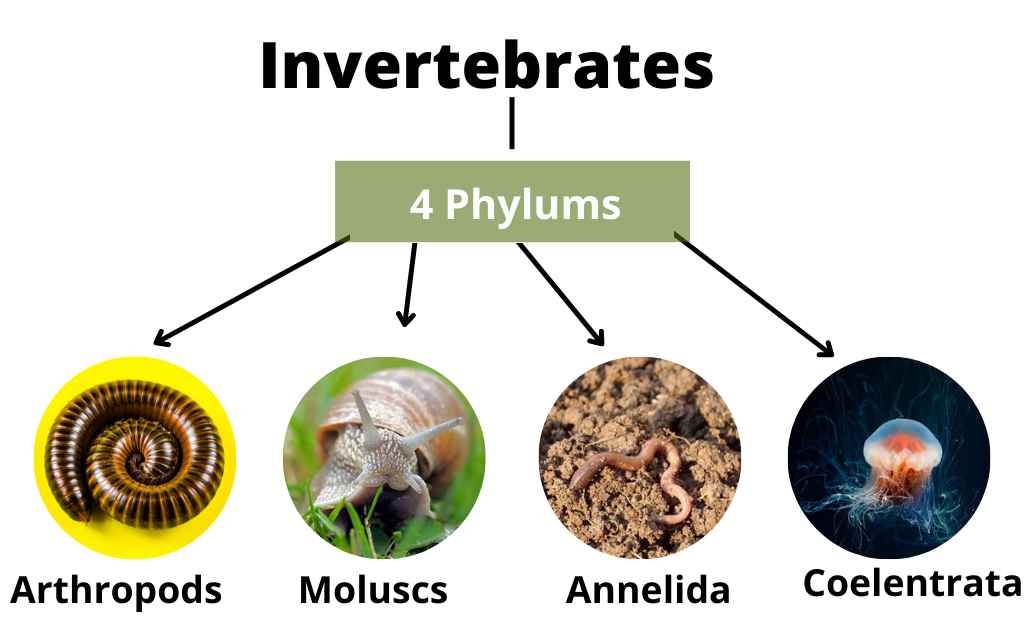10 Examples of Cartilaginous fish (with Scientific Names)
Cartilaginous fish, belongs to class chondrichthyans, are aquatic animals with skeletons made of cartilage instead of bone. These fish usually have a pair of fins, and small scales on the body called placoid scales. They lack gill covers and swim bladders. Instead they have oil-filled liver which helps them swimming.
List of Cartilaginous Fish with Scientific Names
Here are 10 examples of cartilaginous fish with scientific names:

1.Blacktip Reef Shark
Scientific name: Carcharhinus melanopterus
This is a medium-sized shark with a brownish back, horizontal oval eyes, and noticeable black spots on the tips of its fins. The upper side of its body is light brown, which fades to white underneath. Its maximum length is 7 feet, with the weight of 14kg. Male sharks have claspers (reproductive organs), near the tail. They eat small fish and mollusks.
2. Great White Shark
Scientific name: Carcharodon carcharias
It is a large-sized predator shark with rows of sharp teeth. It is usually darker on top and goes lighter underneath. It has a length of 11 to 16 feet, and can weight around 1,150 to 1,700 pounds. Females grow larger than males. Male white sharks have claspers located on underside of the body. They are found in temperature waters as well as tropical and sub-tropical waters worldwide.
3. Electric Rays
Scientific name: Torpediniformes
Electric rays have flat bodies and large pectoral fins. Their uniqueness comes from the electric shock they create, ranging from 8 to 220 volts. This electric shock is used to catch food or protect themselves from danger. They can have length up to 6 feet with weight of 90kg. Generally, female rays are larger in size than males.
Electric rays have 69 different species. They are ovoviviparous (lay eggs to live young), and have a gestation period of 12 months. They usually live in temperature and tropical waters.
4. Cownose Ray
Scientific name: Rhinoptera bonasus
Cownose Rays are often found in aquariums and are usually calm and gentle. In the wild, they sometimes migrate in large groups, where hundreds at a time swim together. Their size (wingspan) can range from 12 inches in smaller rays (i.e. yellow stingrays) to 20 feet in larger rays (like manta rays).
Rays eat mollusks, worms, and sometimes smaller fishes. Manta rays mostly feed by choosing small crustaceans and tiny fish from the water. They are found in shallow waters of the Atlantic Ocean, both on the eastern and western sides.
5. Epaulette Shark
Scientific name: Hemiscyllium ocellatum
Epaulette shark’s name comes from the large black spots with white edges behind its pectoral fins. It is usually less than 1 meter (3.3 feet) long. Its slim body contains a short head and wide, paddle shaped fins. The tail section covers most of its body length. Adult sharks have light brown color with a pattern of dark spots.
This shark feeds on small animals like invertebrates and bony fishes. It is oviparous and lays eggs. Because of their small size and well adaptability, they are popular in public aquariums and home tanks.
6. Leopard Shark
Scientific name: Triakis semifasciata
The most noticeable feature of this species is the dark bars on its body. The average size of a leopard shark is 4.9 ft. in males and 5.9 ft. in females, along with the weight of 19 kg maximum.
Young sharks have large, triangle-shaped pectoral fins. They move in wave-like motion, and often swim in large groups with gray or brown sharks and piked dogfish. Their diet includes crabs, shrimp, clams, small fish, and fish eggs. Male leopard sharks can be identified by external claspers near the tail fin.
7. Nurse Shark
Scientific name: Ginglymostoma cirratum
The nurse shark has a yellow-brown to gray-brown body. Sometimes, it features the dark spots and saddle marks on its body. Its mouth is located higher on the head and in front of the eyes.
The average size of nurse shark is 10 feet to 14 feet with maximum weight of 110 kg. It has small barbels, nose grooves, and tiny breathing holes, called spiracles. They have wide dorsal fins and the first fin is larger than the second one. The tail fin covers about a quarter of the body length.
8. Spotted Eagle Ray
Scientific name: Aetobatus narinari
The Spotted Eagle Ray got its name from the beautiful white spots on its body. It has a flat body with a dark brown top, helping it stand out against a coral reef. It has a noticeable head and a whip-like long tail. Its length (including tail) can grow up to 28.8 feet, with width of 9.8 feet.
These eagle rays usually jump out of the water as they swim. They eat crustaceans and mollusks, like crabs and clams. Commonly, they live in warm, tropical, and subtropical coastal waters around the world. Males have small claspers just before the tail.
9. Whale Shark
Scientific name: Rhincodon typus
The whale shark represents a uniqueness due to its titanic size and color patterns. They are the largest fish worldwide, with an average length of 13-39 feet, and can grow up to 58 feet. Its body has light spots and strips with a background color of blue to gray.
Despite their huge size, Whale Sharks are harmless and eat only little organism like plankton and small fish. They are ovoviviparous, which means they lay eggs and the fertilized eggs are kept in the female’s body. External (male) claspers are present on the underside of the body.
10. Bonnethead Shark
Scientific name: Sphyrna tiburo
Bonnethead shark is a smallest member of hammerhead shark species. It is famous for its wide, hammer shaped head. Typically, they are 2.6–3 feet long, with a maximum size of 4.9 ft. It is the only shark species where males and females show sexual dimorphism, meaning they have differently shaped heads.
Bonnethead sharks depend on both their smaller cephalofoils and their large pectoral fins for movement. They are omnivorous, and their diet primarily includes crustaceans, blue crabs, and sometimes shrimps, mollusks, and small fish. They are found mainly in shallow coastal waters. They are viviparous and give birth to live young. Their gestation period is 4.5 to 5 months, the shortest period among sharks.






Leave a Reply